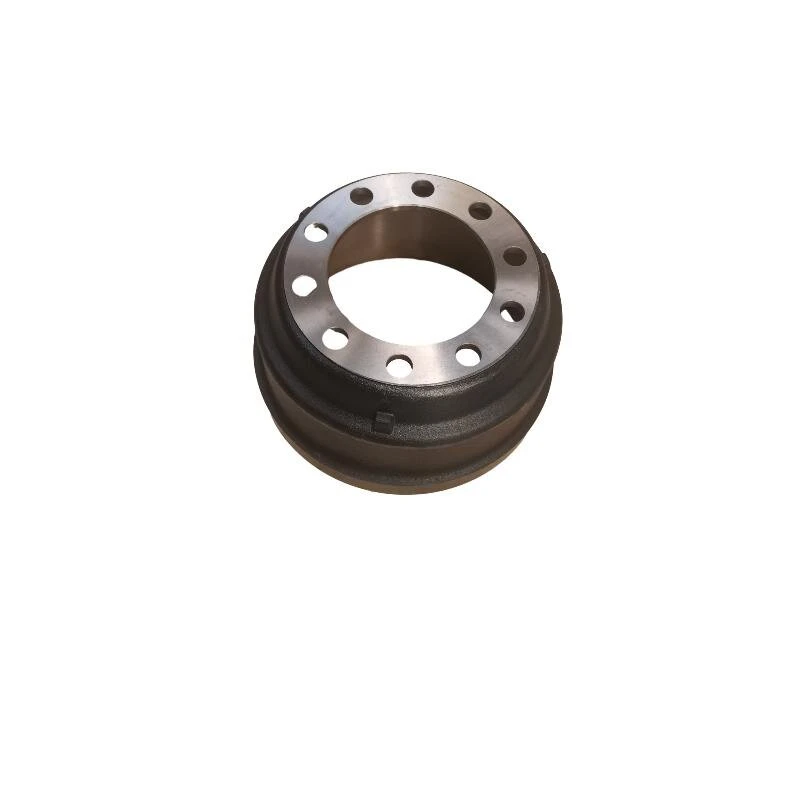Dec . 17, 2024 10:38 Back to list
Considerations for Selecting Brake Drums or Discs in Vehicle Maintenance
Understanding Brake Drums and Discs What You Need to Know
When it comes to the braking systems of vehicles, an essential topic in automotive safety and performance is the choice between brake drums and brake discs. Each type of braking mechanism has its distinct advantages, disadvantages, and applications. Understanding these differences is crucial for drivers, mechanics, and automotive enthusiasts alike.
Brake Drums
Brake drums are typically found on older vehicles and certain modern models, particularly in the rear braking systems. The design of a brake drum consists of a circular cylinder that houses the brake shoes. When the brake pedal is pressed, hydraulic force pushes the brake shoes outwards against the inner surface of the drum, creating friction that slows the vehicle down.
One of the primary advantages of brake drums is their ability to generate more friction due to their larger surface area, which can lead to better stopping power under certain conditions. Additionally, brake drums are generally more affordable to manufacture and replace compared to brake discs, making them a cost-effective option for many manufacturers.
However, brake drums also come with notable disadvantages. They tend to retain heat more than discs, leading to potential issues like brake fade—where the braking effectiveness diminishes as the temperature rises. Furthermore, drum systems can be more prone to water retention, which affects their performance in wet conditions. This water can create a layer that reduces friction, leading to longer stopping distances and increased wear on brake components.
Brake Discs
brake drums or discs must

On the other hand, brake discs, also known as rotors, are becoming the standard in modern automotive design, particularly for performance and safety-focused vehicles. A brake disc is a flat, circular piece of metal that sits between the brake pads. When the brakes are applied, the caliper presses the pads against the disc, generating friction that slows down the vehicle.
One of the main advantages of brake discs is their superior heat dissipation. The design allows for air to flow around the rotor, which helps to keep the temperature down and reduces the likelihood of brake fade. This feature is particularly crucial in high-performance and heavy-use scenarios, such as racing or towing.
Additionally, disc brakes generally provide better overall stopping power and responsiveness. They are less prone to the issues associated with water retention, making them a safer option in wet conditions. However, this increased performance does come at a higher cost, both in terms of manufacturing and replacement. Brake discs and pads can be more expensive, and the maintenance might require more frequent attention as they wear more evenly compared to drum systems.
Choosing Between Brake Drums and Discs
Ultimately, the choice between brake drums and discs often depends on the type of vehicle, its intended use, and budget considerations. For everyday commuting vehicles, drum brakes can provide adequate safety and performance. However, for high-performance or heavier vehicles, disc brakes are typically the recommended option due to their superior performance characteristics.
Drivers should also consider the climate in which they operate their vehicles. In areas with heavy rain and humidity, the benefits of disc brakes may outweigh the lower costs associated with drum brakes.
In conclusion, both brake drums and discs have their unique advantages and drawbacks. Understanding these differences allows consumers and automotive professionals to make informed decisions regarding vehicle safety and performance. As technology advances, we may see further innovations in braking systems, but for now, choosing the right type can significantly impact a vehicle’s handling, safety, and overall driving experience.
-
Iveco Brake Drum | Premium OE Quality for Daily & Eurocargo
NewsAug.22,2025
-
Your Brake Drum Man: Quality & Performance Parts
NewsAug.21,2025
-
Explore Japan: Ultimate Travel Guide & Authentic Experiences
NewsAug.19,2025
-
Your Brake Drum Man: Premium & Reliable Brake Drums for Sale
NewsAug.18,2025
-
ROR Web Development: Build Fast, Scalable, Secure Apps
NewsAug.17,2025
-
Scania Brake Drums: OEM Quality for Optimal Safety & Durability
NewsAug.16,2025
